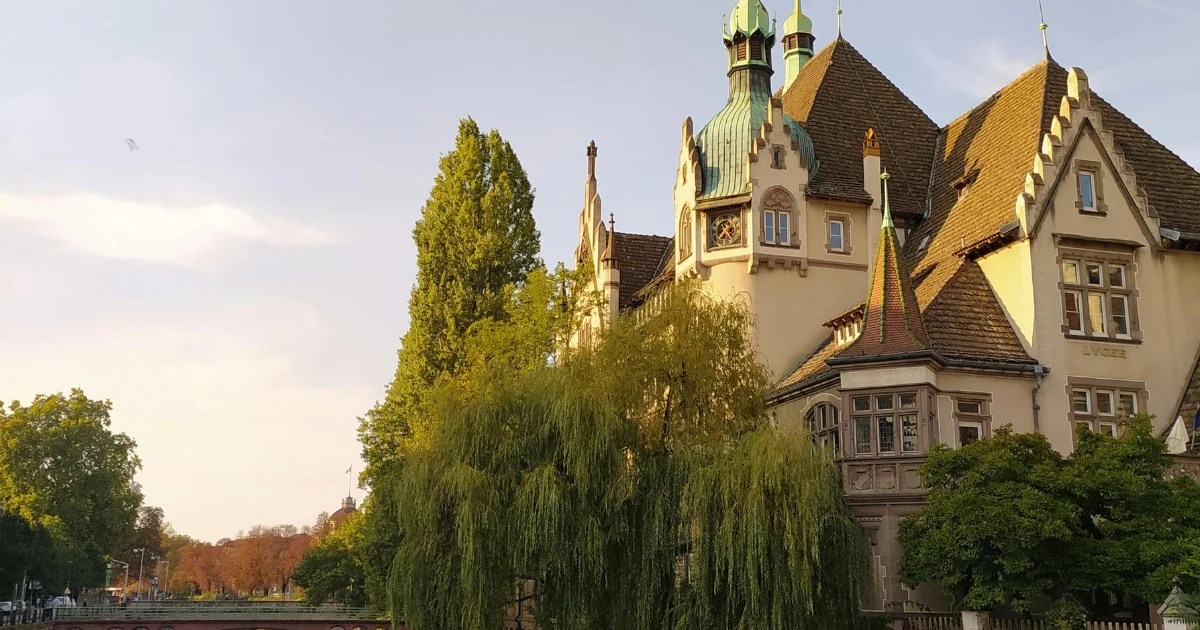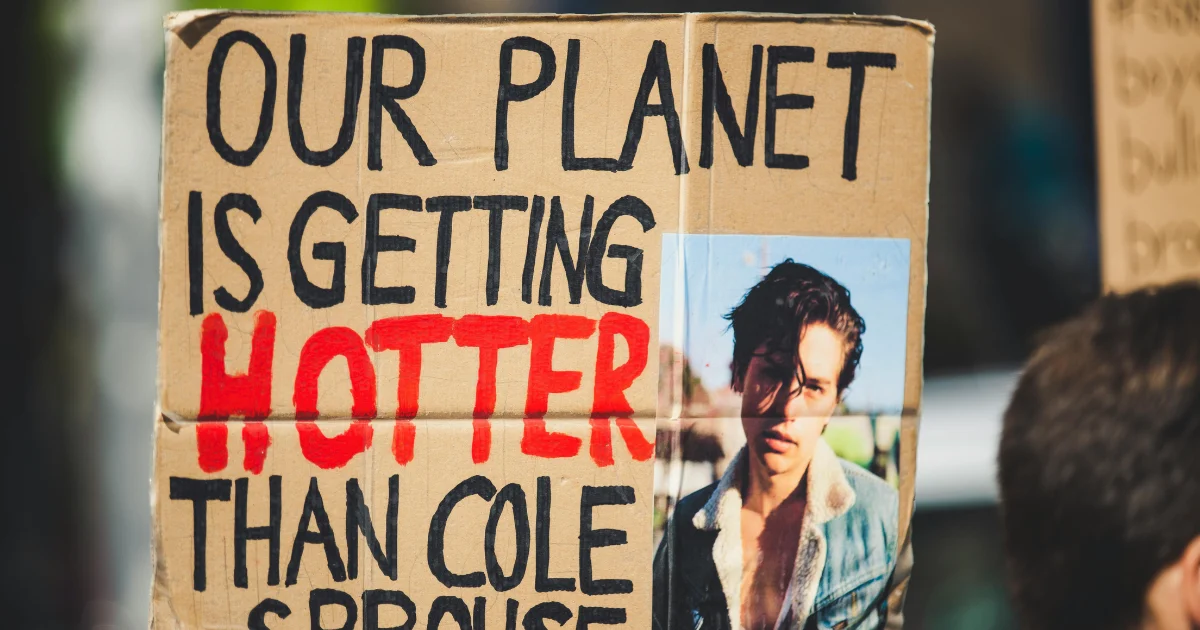Table of Contents
ToggleTrees Role in Cooling the Planet
Trees’ Role in Cooling the Planet
Trees are often called “nature’s air conditioners.” They play a huge part in keeping our planet cool and comfortable, especially as the Earth’s temperature rises. Trees provide shade, release moisture, and even lower greenhouse gases, helping to slow down global warming. Here’s a simple look at how trees help cool the planet and why they’re so important in the fight against climate change.
One of the most obvious ways trees keep things cool is by providing shade. Trees block sunlight from reaching the ground, lowering the temperature in shaded areas. This is especially helpful in cities, where concrete and asphalt trap heat and make urban areas hotter than rural areas.
Example: A shaded area under a tree can be up to 10–15 degrees cooler than an area exposed to full sunlight. This helps keep city neighborhoods cooler and reduces the need for air conditioning.
Trees Release Water Vapor Through Transpiration
Trees also cool the air by releasing water vapor in a process called transpiration. During transpiration, trees take in water through their roots and release it through tiny pores in their leaves. This water vapor cools the air around the tree, creating a refreshing, natural cooling effect.
Example: On a hot day, a tree-filled park can feel significantly cooler because of the combined effect of shade and transpiration from multiple trees.
Trees Reduce the “Urban Heat Island” Effect
In cities, buildings, roads, and other structures absorb and hold heat. This makes cities hotter than nearby rural areas, a phenomenon known as the urban heat island effect. Trees help combat this by providing shade and releasing moisture, cooling down these heat-trapping surfaces and reducing the temperature of city neighborhoods.
Example: Cities with more trees can be up to 10 degrees cooler than cities with little or no green spaces. Planting trees in urban areas can make a big difference in reducing the urban heat island effect.
Trees Absorb Carbon Dioxide, a Greenhouse Gas
Trees play an important role in reducing greenhouse gases. They absorb carbon dioxide (CO₂) from the air and store it in their wood, leaves, and roots. By doing this, they reduce the amount of CO₂ in the atmosphere, which helps lower the Earth’s overall temperature.
Example: A single mature tree can absorb about 48 pounds of CO₂ per year. When we plant and protect millions of trees, we help reduce the amount of CO₂ in the air, which slows global warming.
Trees Help Save Energy in Buildings
Trees planted around buildings can help save energy. In the summer, trees block sunlight and keep buildings cooler, reducing the need for air conditioning. In winter, trees can act as windbreaks, helping to reduce heating costs. Using less energy means less burning of fossil fuels, which helps reduce greenhouse gases in the atmosphere.
Example: Buildings surrounded by trees can reduce energy costs by up to 25%, saving money and helping the environment at the same time.
Forests Create Rain and Cool the Planet
Large forests, like the Amazon Rainforest, create their own rain through a process called evapotranspiration—the combined effect of water evaporating from soil and water vapor released from plants. This process forms clouds, which eventually release rain. This rain helps cool the forest area and keeps the planet’s climate balanced.
Example: Forests in the Amazon produce about half of their own rainfall. When these forests are cut down, rainfall decreases, leading to a hotter, drier climate.
Trees Prevent Desertification
Desertification is when fertile land turns into desert, usually because of the loss of vegetation. Trees help keep the soil moist and prevent it from drying out, which stops desert areas from expanding. By keeping the land fertile, trees help create a more balanced climate with cooler, moister air.
Example: In places where trees are planted to stop desert spread, temperatures are often lower, and the climate is healthier for agriculture and wildlife.
Trees Help Regulate the Water Cycle
Trees play a key role in the water cycle, which is essential for a stable climate. Through transpiration, trees release water vapor into the atmosphere, which helps form clouds and bring rain. This cycle of water evaporation, cloud formation, and rainfall cools the Earth’s surface and maintains a balanced environment.
Example: Forests like those in tropical regions help regulate rain patterns around the world, contributing to cooler climates and preventing droughts.
Reforestation Helps Restore Climate Balance
Reforestation, or planting trees in areas where forests have been cut down, is a powerful way to restore the climate’s balance. When we plant trees, they immediately start providing shade, releasing moisture, and absorbing CO₂. Reforestation projects help bring back natural cooling effects, reduce carbon in the atmosphere, and create healthier, cooler environments.
Example: Many countries are now focusing on reforestation to help fight climate change. Initiatives like the “Trillion Trees Campaign” aim to plant one trillion trees worldwide to cool the planet.
Relevant post: In impressive trees influence the climate in 2024
Other Relevant: Trees and Climate Change: How Forests Benefit the Climate
Conclusion: Trees are Key to a Cooler Planet
Trees play a vital role in cooling the planet and fighting climate change. Through shade, transpiration, carbon absorption, and even rain creation, trees help keep temperatures in check and protect the environment. By planting more trees, protecting existing forests, and restoring damaged areas, we can make a big difference in the climate and enjoy cooler, healthier surroundings.
Every tree counts in the fight against global warming. By understanding and appreciating how trees keep the planet cool, we can take action to protect them and create a better future for all.





